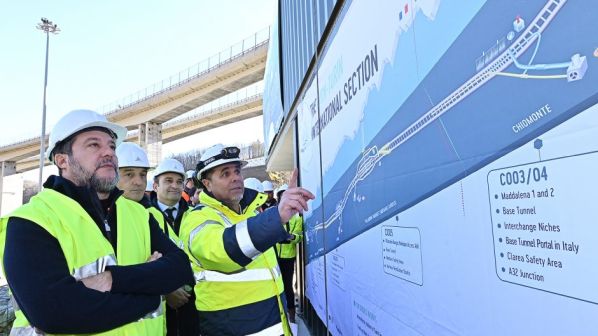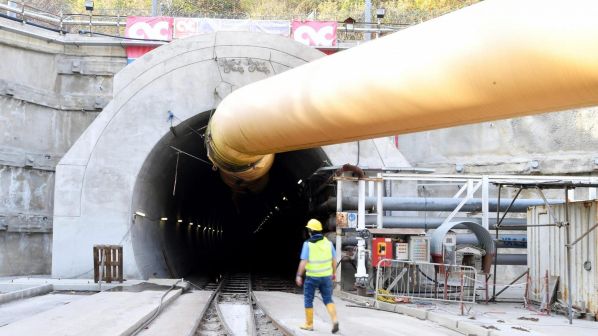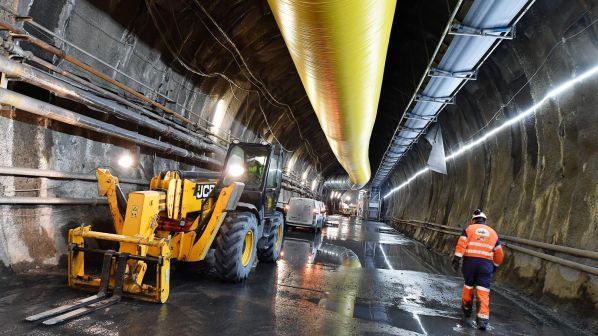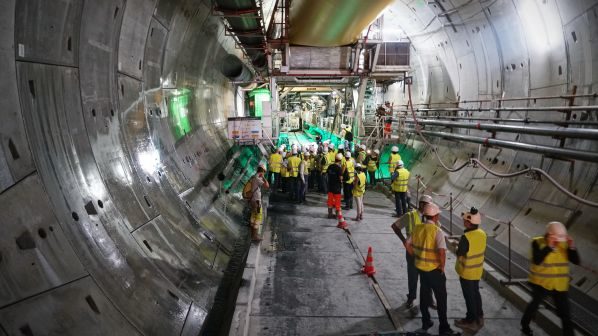THE world’s longest rail tunnel has come one step closer to realisation with the start of construction on the Italian section of the Mont Cenis Base Tunnel.
Upon completion, the 57.5km twin-bore tunnel will be slightly longer than the current record holder, the 57.1km Gotthard Base Tunnel, and will form the centrepiece of the 270km high-speed line between Lyon and Turin that is being built at a cost of €25bn.
Construction of the Italian section of the Mont Cenis Base Tunnel is being undertaken for project organisation Tunnel Euralpin Lyon Turin (Telt) by the UXT joint venture of Itinera, Ghella and Spie Batignolles at a cost of €1bn. Work is expected to take eight years to complete.
Construction of the base tunnel, including the section in France where work has been divided into three lots, will require a total of seven tunnel boring machines (TBM), operating beneath as much as 2200m of Alpine rock.
While the bedrock is considered stable, the sheer weight of the overburden means that rock tends to come loose, posing the risk of the being compressed during construction. Four TBMs have been delivered so far, the latest 334m-long, 10.4m-high machine arriving last month.
This TBM will excavate a 18km stretch of the central section of the tunnel between the Villarodin/Bourget-Modane access adit in France and the Clarea underground safety site in Italy. It will be the first TBM to cross the French-Italian border.
Forming part of the Trans-European Transport Network (TEN-T), the new line between Lyon and Turin will help relieved pressure on cross-border roads, which have seen lorry traffic double during the last 30 years.
The new line will enable freight train capacity to be doubled to up to 1500 tonnes, while passenger journey times will be significantly reduced.
“We are building a piece of Europe,” says Telt CEO, Mr Maurizio Bufalini.
“It is the result of the unceasing work of planners, contractors and local, regional and national public officials without whose effort and determination we would not be here today.”
For detailed data on rail projects in Europe, subscribe to IRJ Pro.




